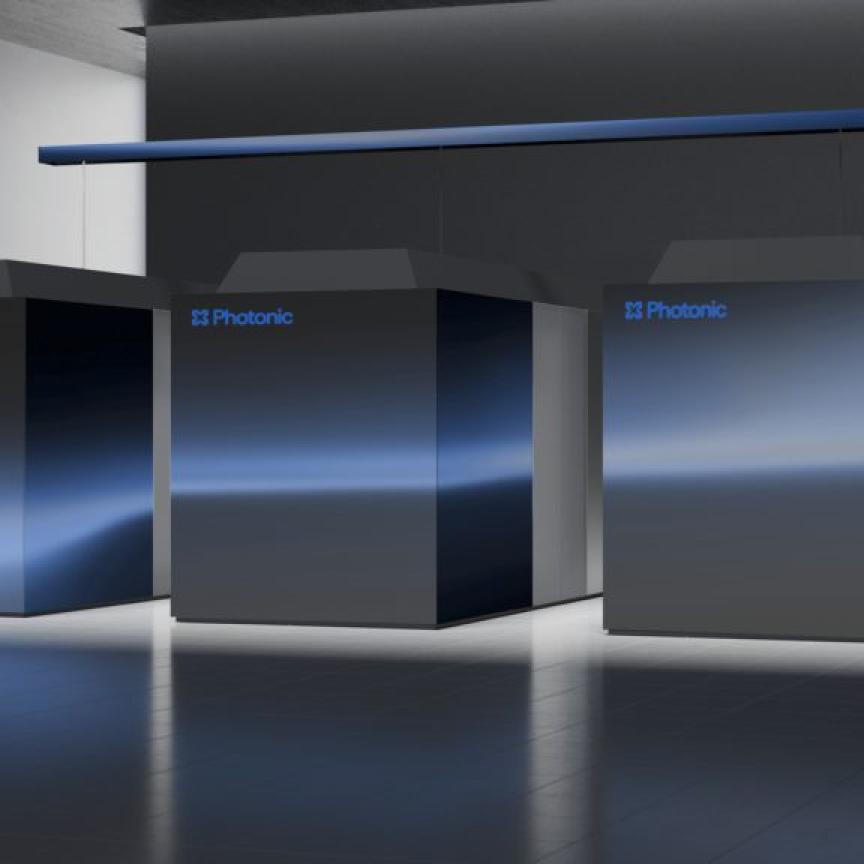Scientists have now developed a novel laser-based method that involves laser cladding gold contact spots instead of applying the gold in a thin layer on a whole surface.
This new technique is faster than existing methods and offers the potential to reduce the amount of gold used by up to 90 per cent. Plated metal switches are the preferred choice for any application that requires durable keys – from laptops and cell phones to cars. Electroplating is the conventional method used for this.
The new method replaces the conventional large gold surfaces with small contact spots which are cladded by a fibre laser. Using gold powder with grain diameters smaller than 10µm, the fibre laser takes advantage of its beam diameter of less than 100µm to create contact spots with a diameter and height of less than 100µm. This micro laser cladding uses a nozzle to feed the gold powder into the interaction zone of the laser beam and the substrate material, whether it is stainless steel or nickel alloy. The laser energy melts both the gold powder and a thin surface layer of the substrate to create a welded spot, which is metallurgical bonded to the substrate.
Cladding a single point takes approximately 50 milliseconds. Researchers are currently investigating how to accelerate the process. It could be possible to weld 20 contact spots simultaneously in the future by splitting the laser beam.
Preliminary tests carried out with 100,000 switching operations have demonstrated that this new approach does not measurably affect switch life. In addition, the electrical properties of the gold contact spots correspond to results obtained from electroplated switches.
The new laser-based method was developed by the Aachen-based Fraunhofer Institute for Laser Technology as part of the Mifulas 2 project that was funded by Germany’s Federal Ministry of Education and Research.

